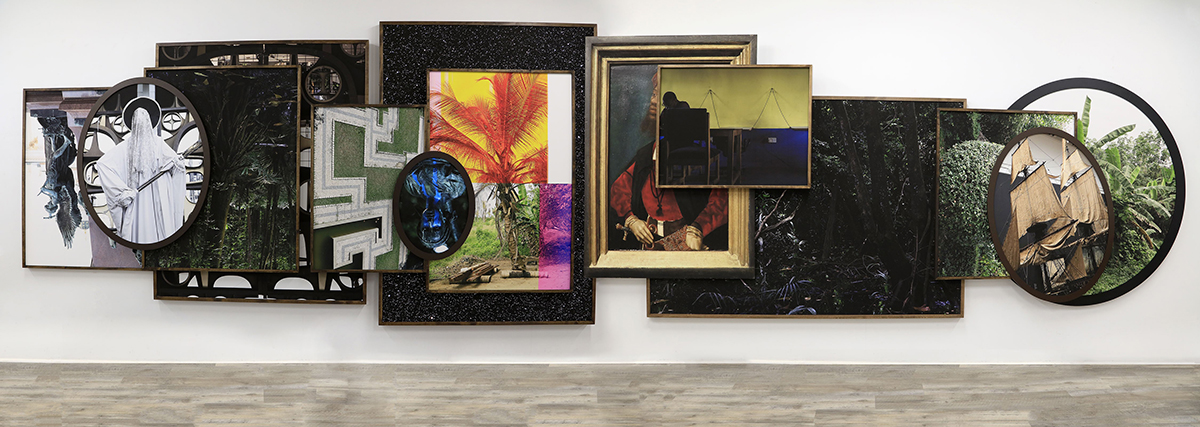
Todd Gray, Sumptuous Memories of Plundering Kings, 2021. Courtesy the artist and David Lewis.
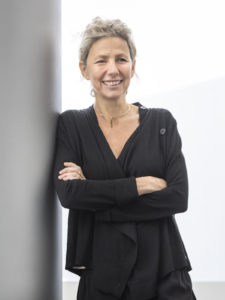
Magali Arriola
As Art Basel Miami Beach returns for its first in-person iteration since 2019 this week, so does Meridians, the only large-scale project space at the fair. Showcasing 16 larger-than-life works by a roster of international artists which challenge class, race, and power structures, Meridians reimagines the constraints of the traditional art fair format. Ahead of its opening, curator Magalí Arriola (also Director of Museo Tamayo, Mexico City) speaks to LUX about her curation process and how large-scale art is as much a question of temporality as spatiality
1. Tell us about your curation process for Meridians. How did you go about selecting the artists and artworks?
There was a long process of selection behind Meridians. As its curator, I did a lot of reaching out to the galleries and then worked closely with a committee to do the final selection. This year, however, felt a little different from 2019 since, because of the lockdown, many artists didn’t meet the conditions to produce large-scale works.
Follow LUX on Instagram: luxthemagazine
2. What new opportunity does Meridians seek to present artists?
Just like the 2019 iteration, this second instalment provides galleries with a unique opportunity to present ambitious art projects that go beyond the limits of the conventional art fair layout.
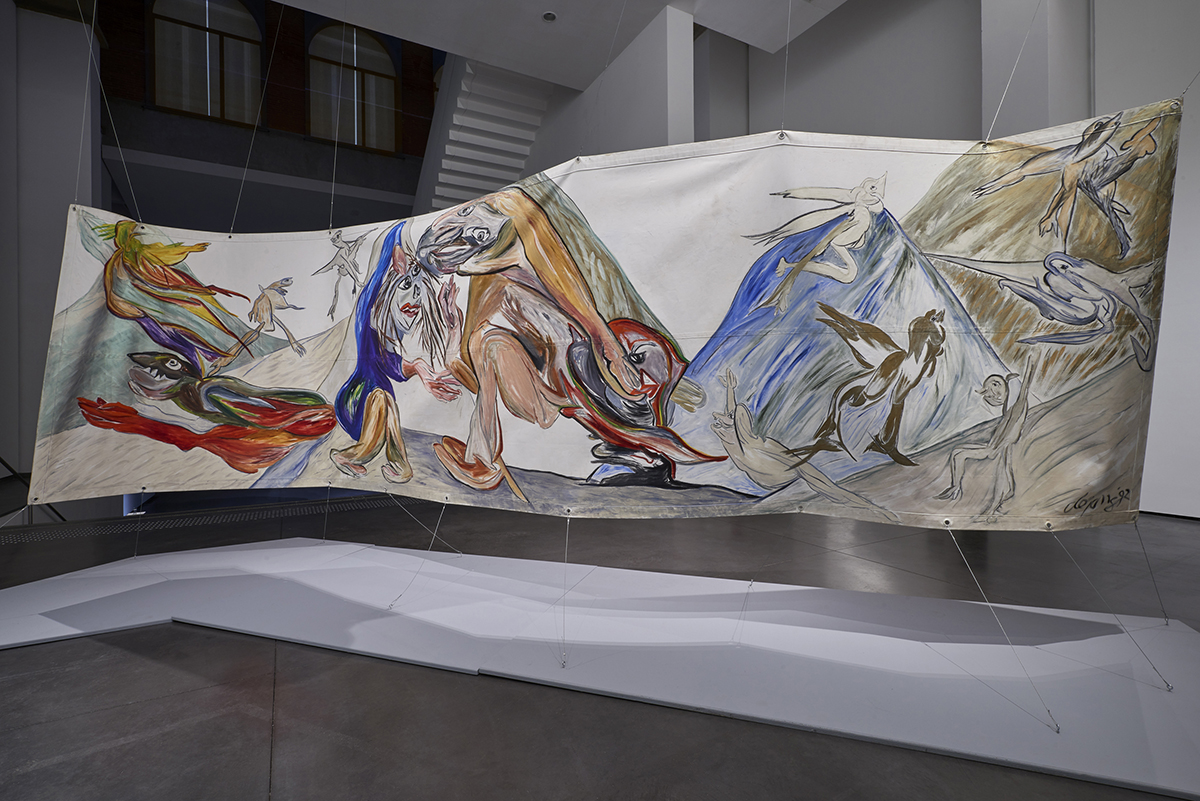
Jacqueline de Jong, De achterkant van het bestaan (The backside of existence, 1992). Courtesy Pippy Houldsworth Gallery
3. How do you think experiencing art through a large-scale format affects our relationship with the pieces?
I don’t think scale changes the way we experience art, nor the quality of that experience. I’d like to think that what a sector such as Meridians does is allow us to revisit the notion of scale not only in terms of space but, as some of the works we’re presenting are time-based pieces like video and performance, also in terms of time.
Read more: Legendary Designer Christian Louboutin on Passion & Solidarity
4. Meridians combines the work of emerging and established artists. Why is this hybridity important to you?
Forming a dialogue between emerging and established artists is something that has always been important to me, as it demonstrates that many of the challenges we’re facing today are old challenges that we haven’t resolved. This intergenerational crisscrossing points to the different processes and strategies used by artists for an examination of contemporary thought and experience, as they engage many of the concerns that impact our society and undoubtedly contribute to reassess our current realities.
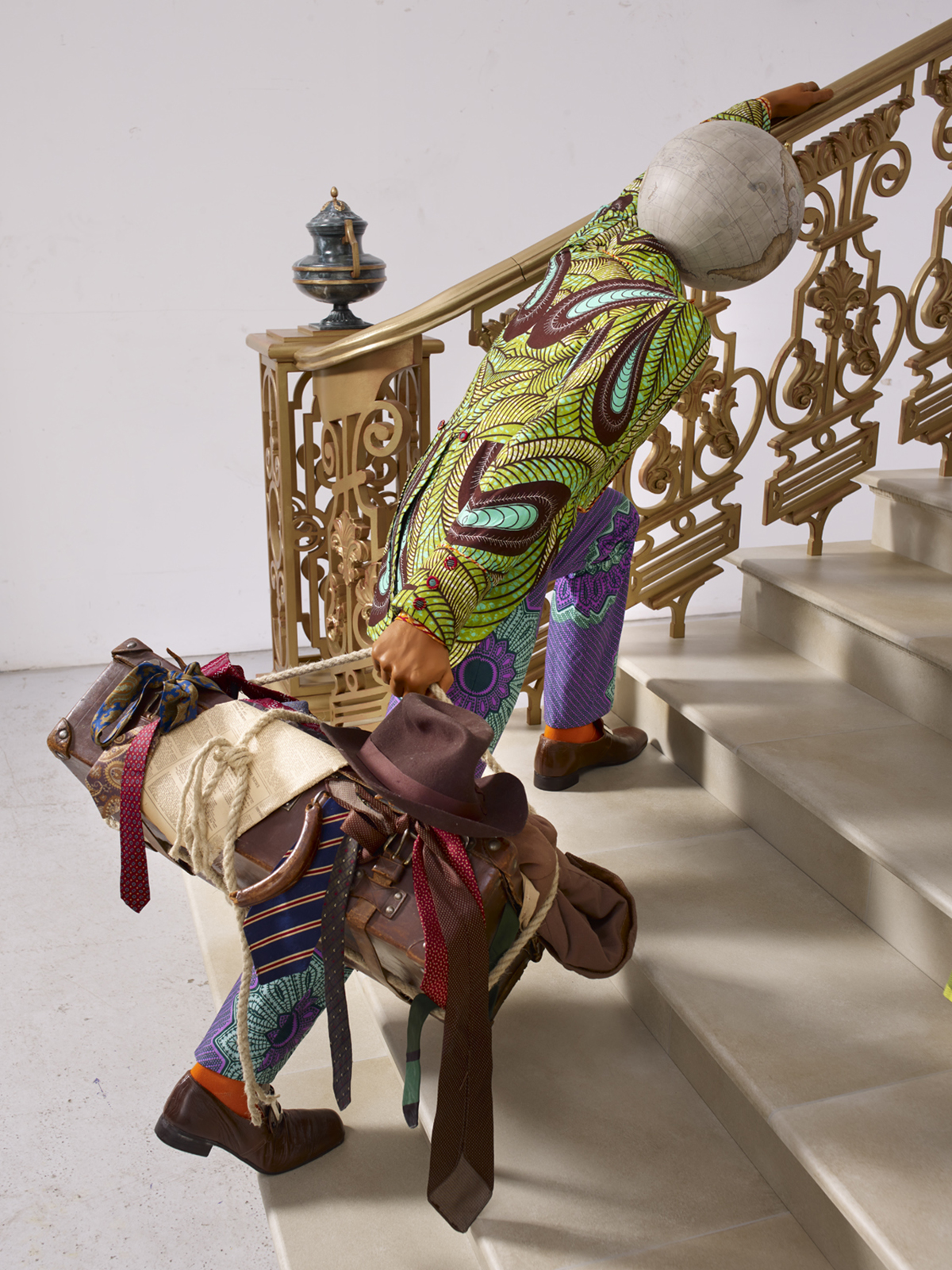
Yinka Shonibare CBE, Moving Up, 2021 © Yinka Shonibare CBE 2021. Courtesy the artist and James Cohan, New York. Photo by Stephen White & Co.
5. Many of the works in Meridians challenge class, race, and power structures. Which single piece challenged you most and why?
Maxwell Alexandre’s work stands out as a piece that reflects on racial representation and social conflict. He is presenting a new painting from ‘Pardo é Papel’, a series that dates back to 2017. It originates from a group of self-portraits that the artist created on brown kraft paper, referencing its early use by Brazil’s administration to generate birth certificates and identity cards for Black people as a way to veil their skin colour. In his practice, Alexandre depicts daily life in Rio de Janeiro’s Rocinha, one of the largest favelas in Brazil, seeking to empower his country’s population and resist discrimination.
6. This December marks the first in-person edition of Art Basel Miami Beach since 2019. In what ways do you expect the fair to have evolved since then?
I don’t expect Art Basel Miami Beach to have evolved; I think it is we, as people, who will hopefully have changed, having had the opportunity these whole two years to reflect on many of the social challenges that the globalised world faced during 2020. This, I hope, might have led us to develop a larger and stronger sense of community.
Find out more: artbasel.com

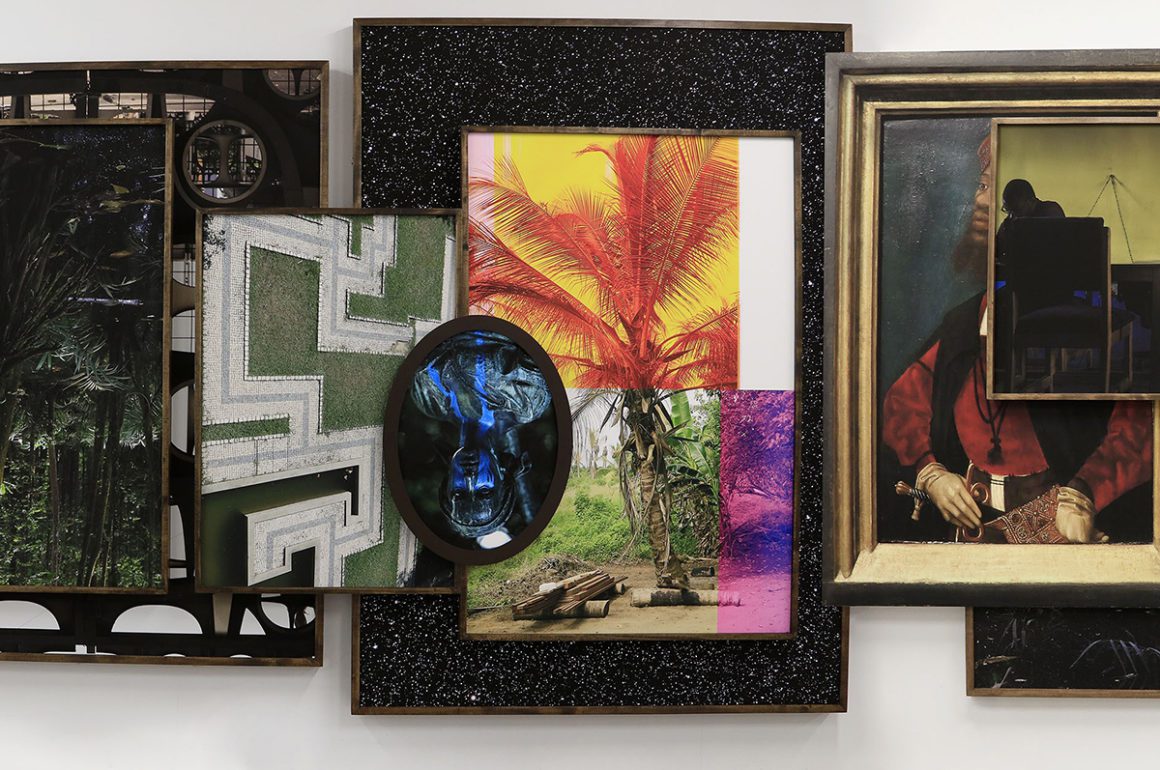

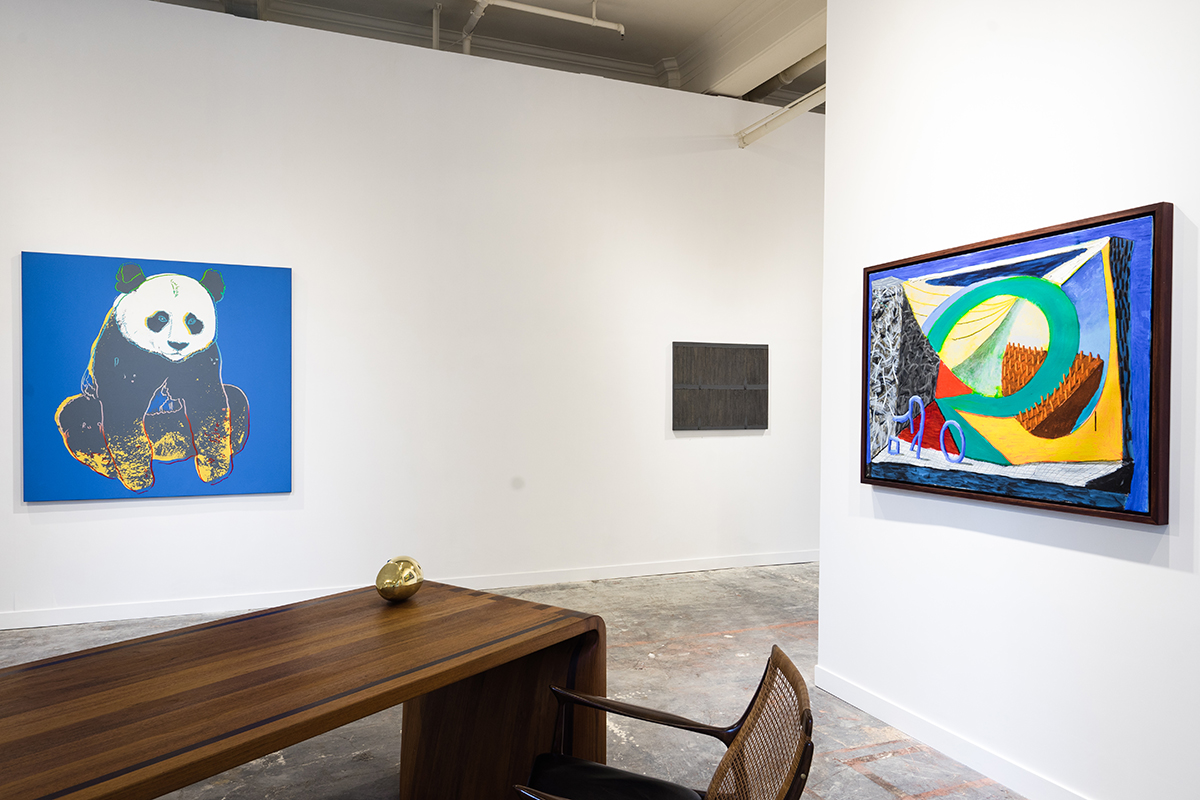
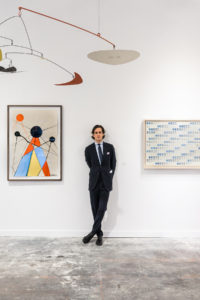
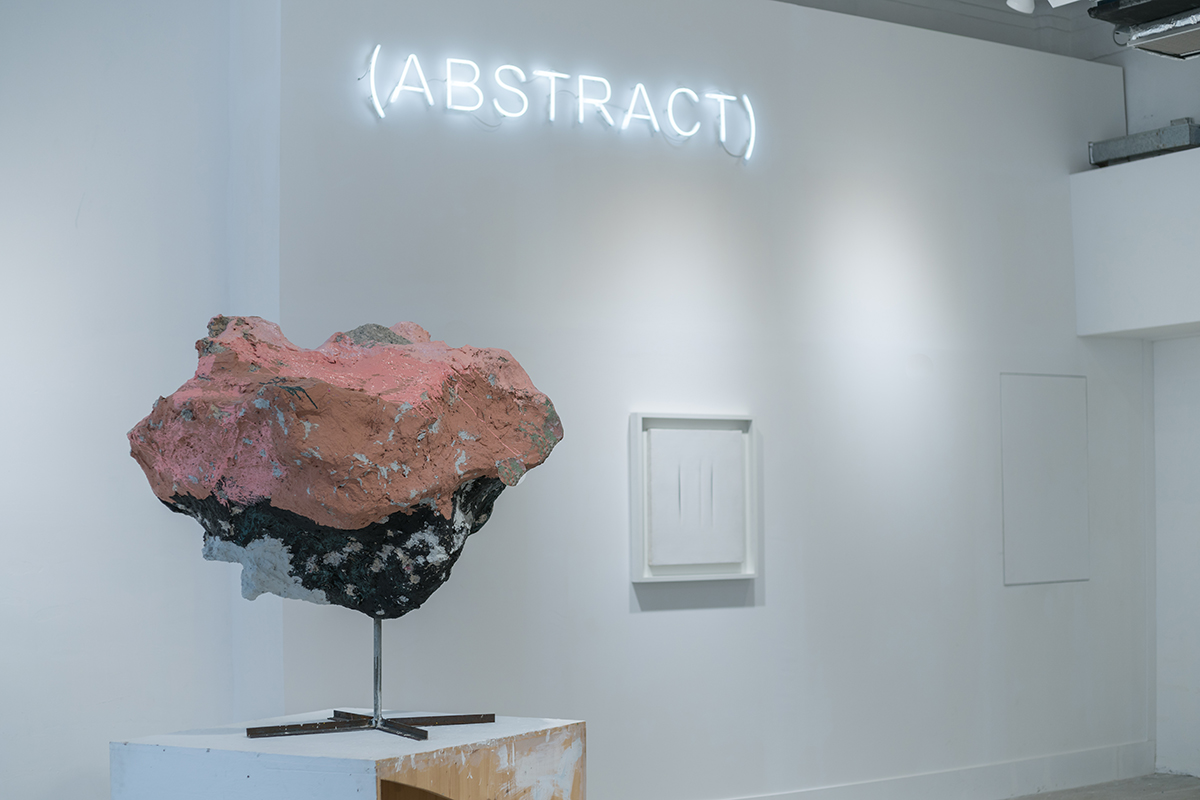





Recent Comments